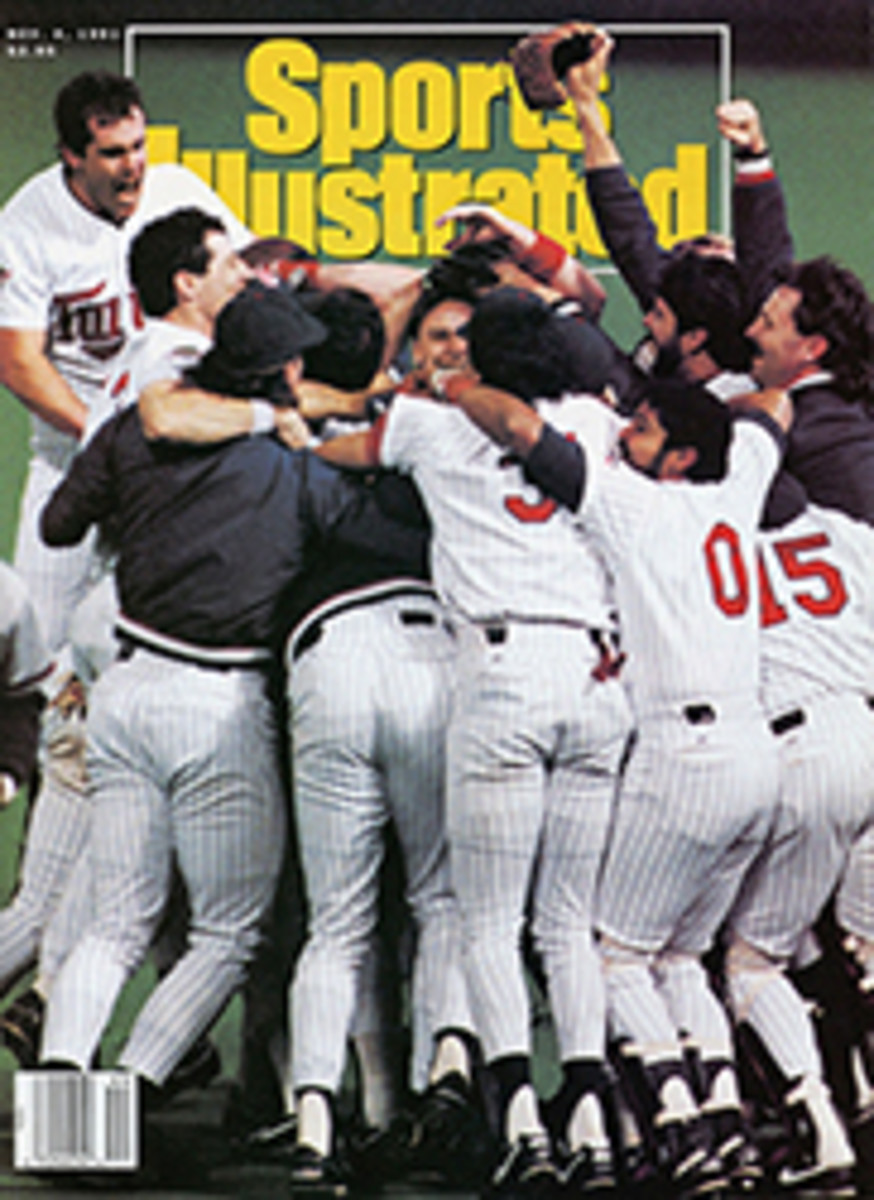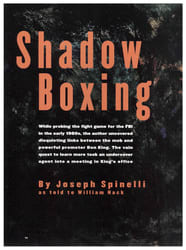
Out of the Slammer and into the Swim
On the evening of Dec. 14, 1962, John Paul Scott plunged into the icy waters off Alcatraz Island and became the only convict to swim from The Rock to San Francisco, so far as can be determined. When he hauled himself out of the water just east of the Golden Gate Bridge, two miles beyond his intended destination, Scott collapsed on the beach, nearly dead from hypothermia. He was immediately apprehended by police and returned to Alcatraz.
But Scott was unlucky in more than one way. He couldn't study the tides or don a wet suit, and he was born about 30 years too early. Had he been born in 1963, like professional triathlete Mike Pigg, he might have considered a swim in the icy currents of San Francisco Bay a thrill to be savored and repeated every year. That's how the entrants in the annual Escape from Alcatraz Triathlon feel.
The race, held this year on Sept. 15, is considered one of the most adventurous and—odd though it may seem—fun triathlons. With a 1.5-mile swim from Alcatraz to the Hyde Street Pier (followed by a mile run to ward off hypothermia), a 20-mile roller-coaster bike ride through the city and across the Golden Gate Bridge, and a punishing 13.5-mile run through the hills of the Marin (County) Headlands, the triathlon could double as a tour of the Bay Area's most breathtaking scenery.
Despite the absence of prize money, the event draws well. Besides Pigg, the top pros who competed this year included Scott Tinley and Paula Newby-Fraser. Much of the race's allure derives from Alcatraz itself. The island looms large in the American imagination. From 1933 to '63, it was a federal prison for some of the country's most hardened criminals. Escape was all but impossible. The water surrounding Alcatraz is home to powerful currents and a variety of sharks. Over the years 36 prisoners attempted to escape. All are believed to have failed, though some bodies were never found. In 1972, Alcatraz was opened to tourists as part of the Golden Gate National Recreation Area.
The promoters of the race like to call their event "the world's most dangerous triathlon." That's a bit of Barnum & Bailey hyperbole. Sure, the Bay has sharks, but none has attacked a human since 1926. And race organizers consult tide books to find the handful of days when it's possible to swim from Alcatraz to San Francisco's Aquatic Park, near Ghirardelli Square, in the early morning. Sept. 15 was one of those days this year.
At 7:23 a.m., 255 men and women jumped from a tourist boat into the 59° water off Alcatraz's south shore. In their Day-Glo orange swimming caps and brightly colored wet suits, the competitors stood in sharp contrast to the morning fog. Only 24:48 after the starting foghorn, the first swimmer to finish, Rip Esselstyn, was out of the water. Three minutes later, Pigg emerged, with Tinley on his heels.
Esselstyn soon faded, so the Pigg-Tinley matchup offered the day's only suspense. Friendly rivals, Pigg had won the Escape from Alcatraz in 1990, Tinley in '89. This year Tinley, 35, lost another few seconds during the transitions from swim to run to bike. Pigg pulled a minute and a half ahead during the bike ride, but Tinley wasn't worried; he felt confident he could make up the time in the run. The course follows trails that meander through the Marin Headlands, across Rodeo Beach and down a mountainside before reaching the finish at Fort Baker, in the eastern shadow of the Golden Gate.
Tinley was done in when he took a wrong turn at mile nine. "I was 1:10 behind Mike," says Tinley. "A mile later-after I realized I wasn't seeing any pink ribbons to mark the trail anymore—I was 2:15 behind him." The 27-year-old Pigg won the triathlon in 2:59:08 to beat Tinley by 73 seconds.
Twenty-five minutes later, Newby-Fraser, a three-time women's champion in the Hawaiian Ironman, crossed the finish line to win the women's division. "This is probably the most exciting race I've ever done," she said.
The course is quirky, right down to 26 stop signs—which must be obeyed—during the bike ride. Newby-Fraser found them charming. "They give the race a lot of character," she said.
The first race, in 1981, had even more character. The original organizers didn't allow wet suits. "That kept the field pretty small," conceded one organizer, Dave Horning.
Now, with the tides carefully studied and the swimmers wrapped in neoprene, the swim is far less daunting. So much so that after Newby-Fraser won, she said, "I'm surprised more of the prisoners didn't try to break out and swim away."
PHOTO
BILLY DOUGLAS/PAT JOHNSON STUDIOS
Laura Hilgers, a former SI reporter, is a freelance writer based in San Francisco.

